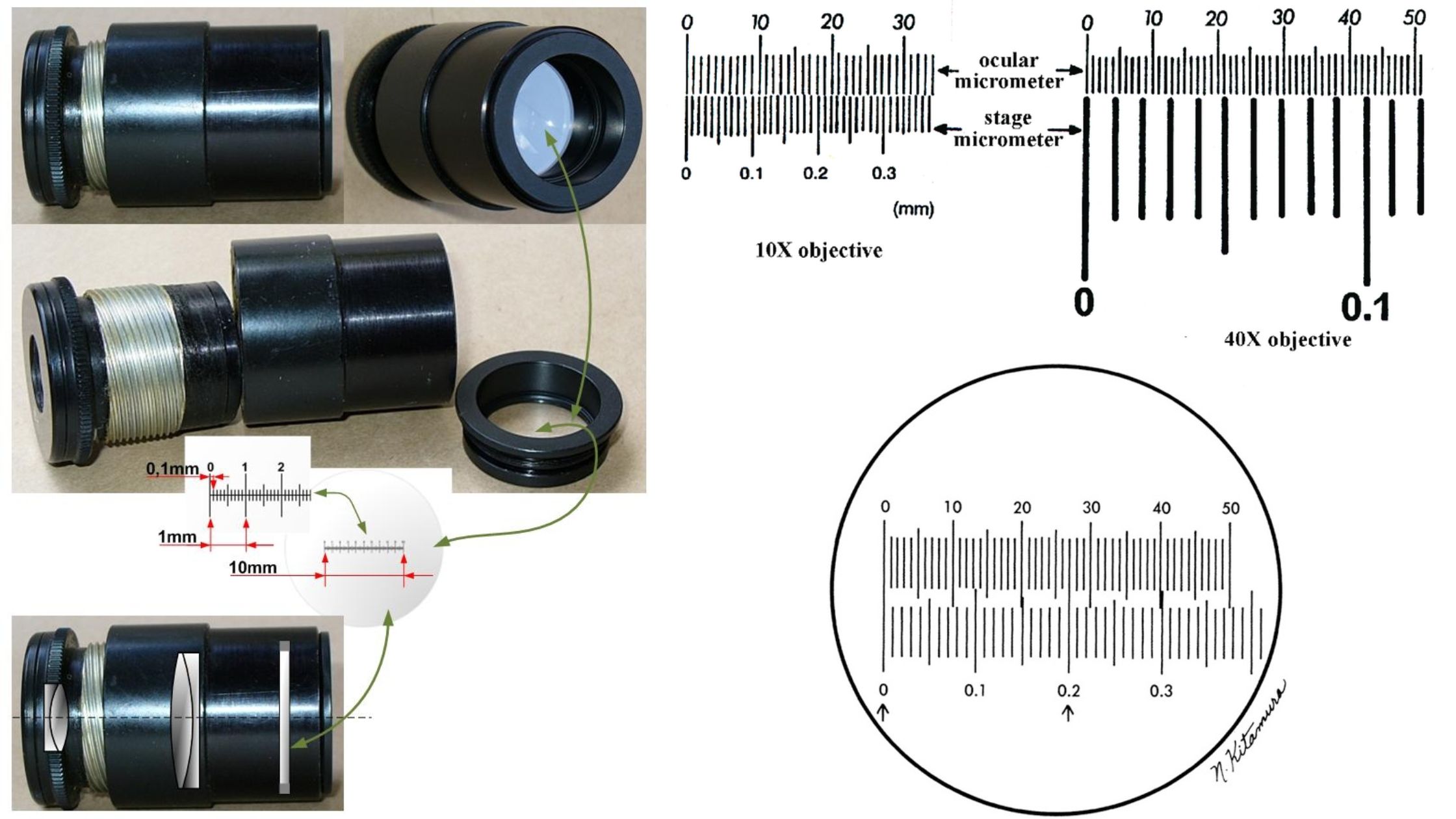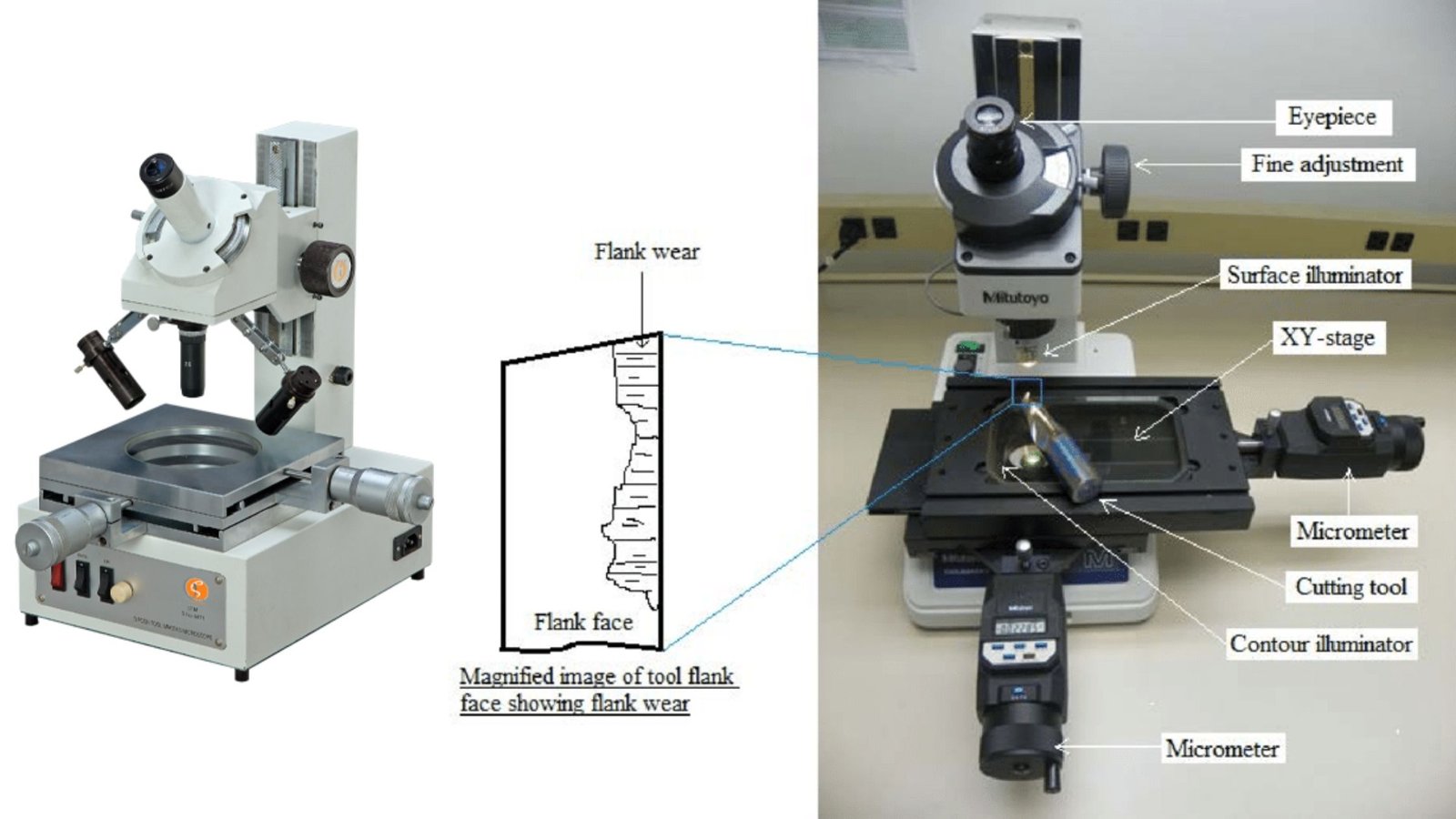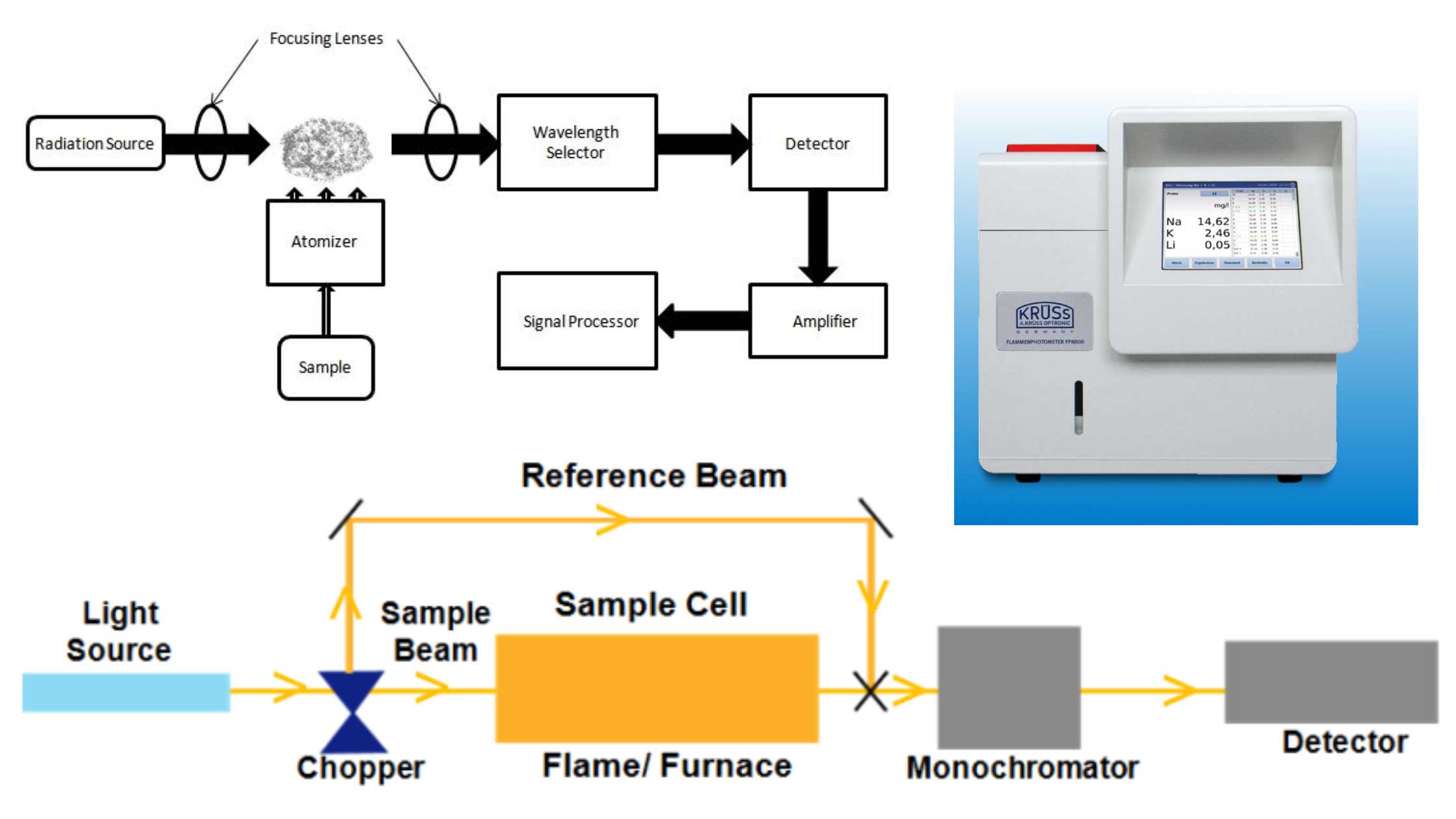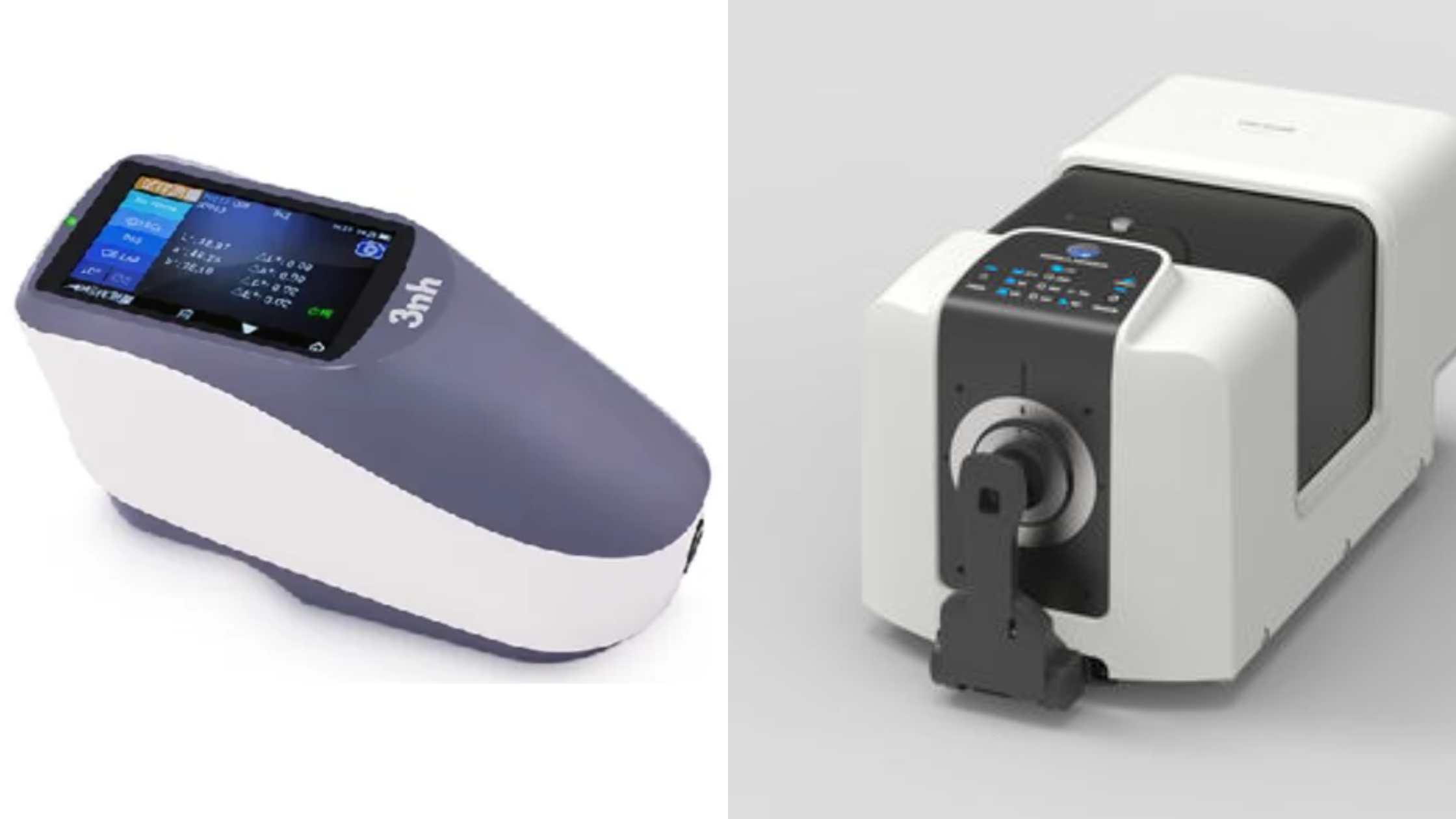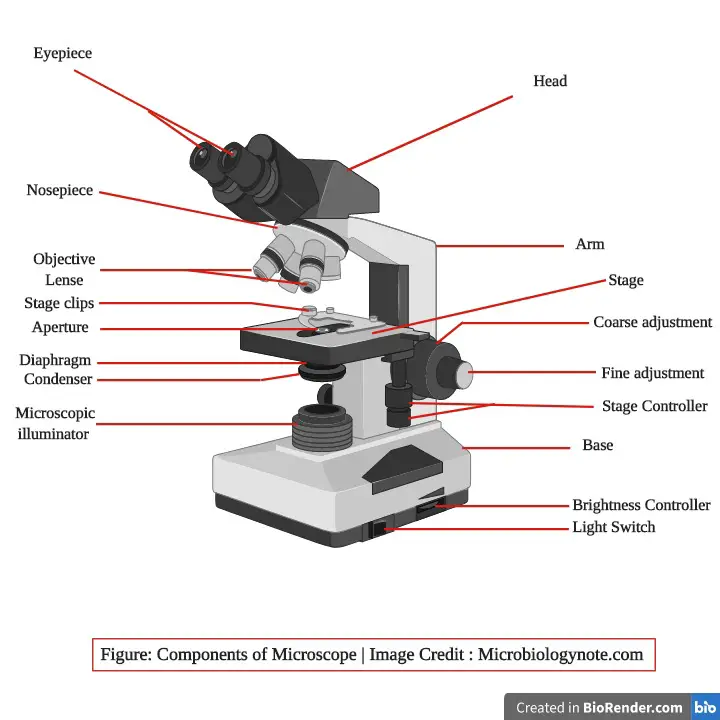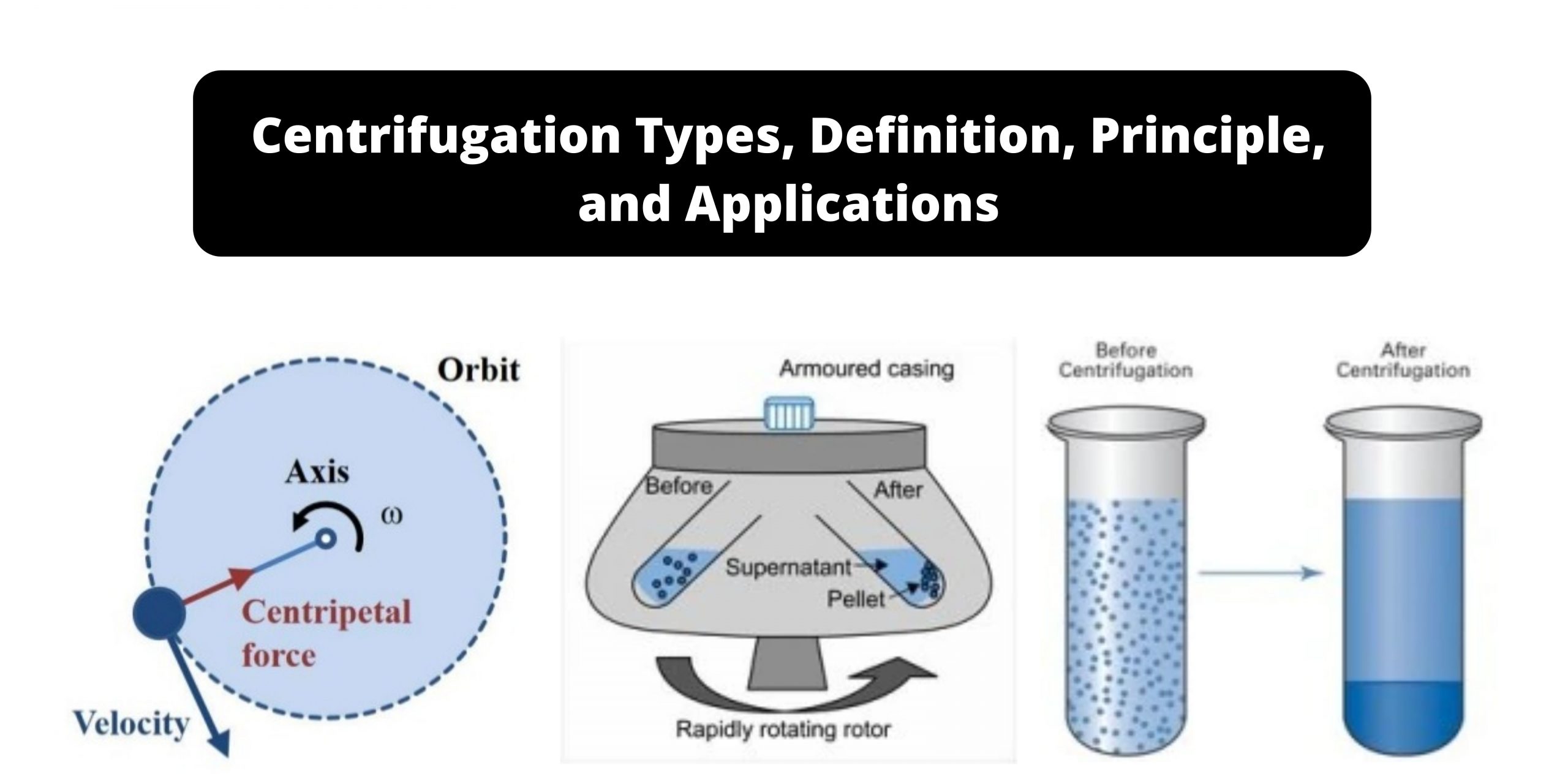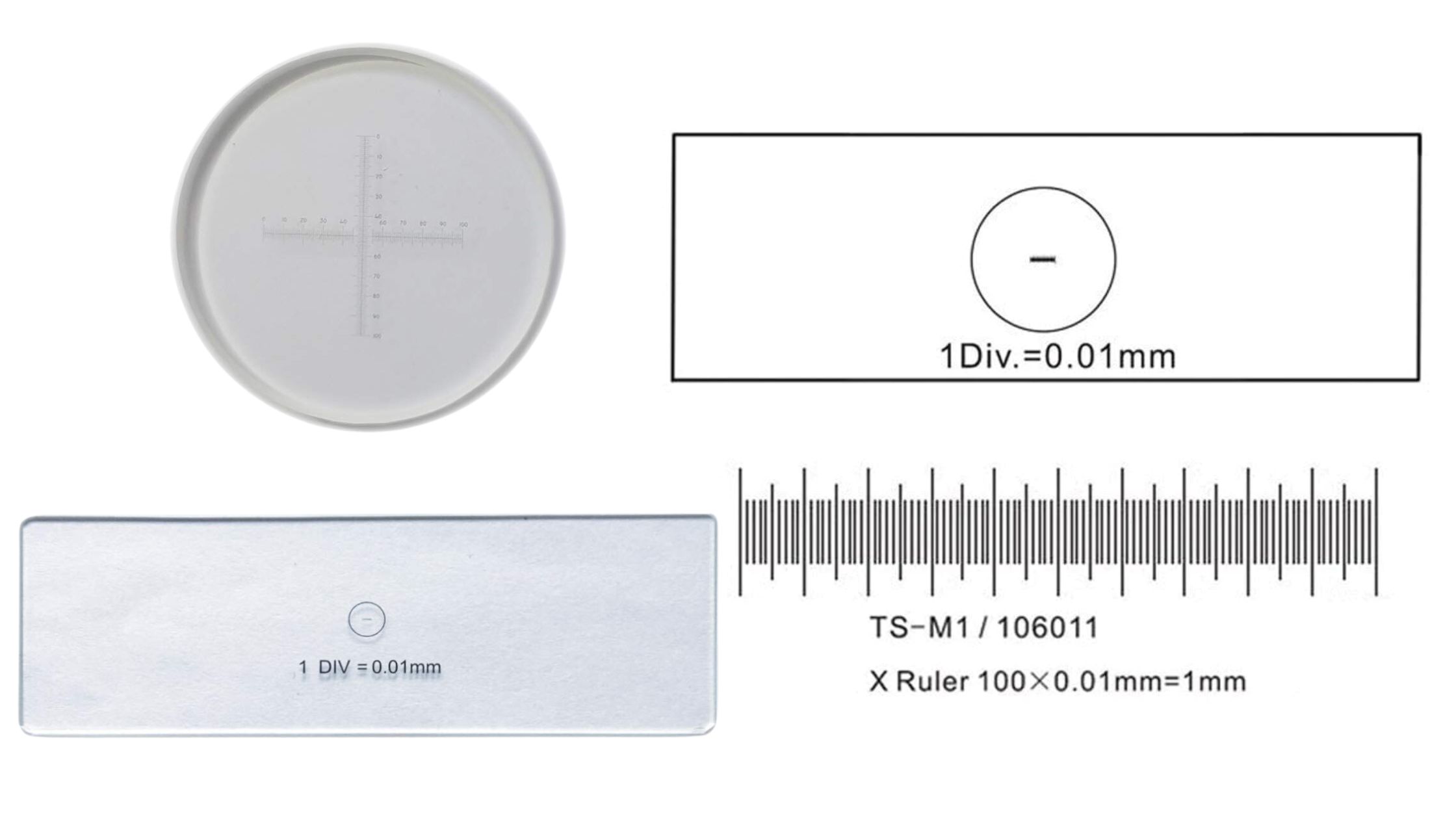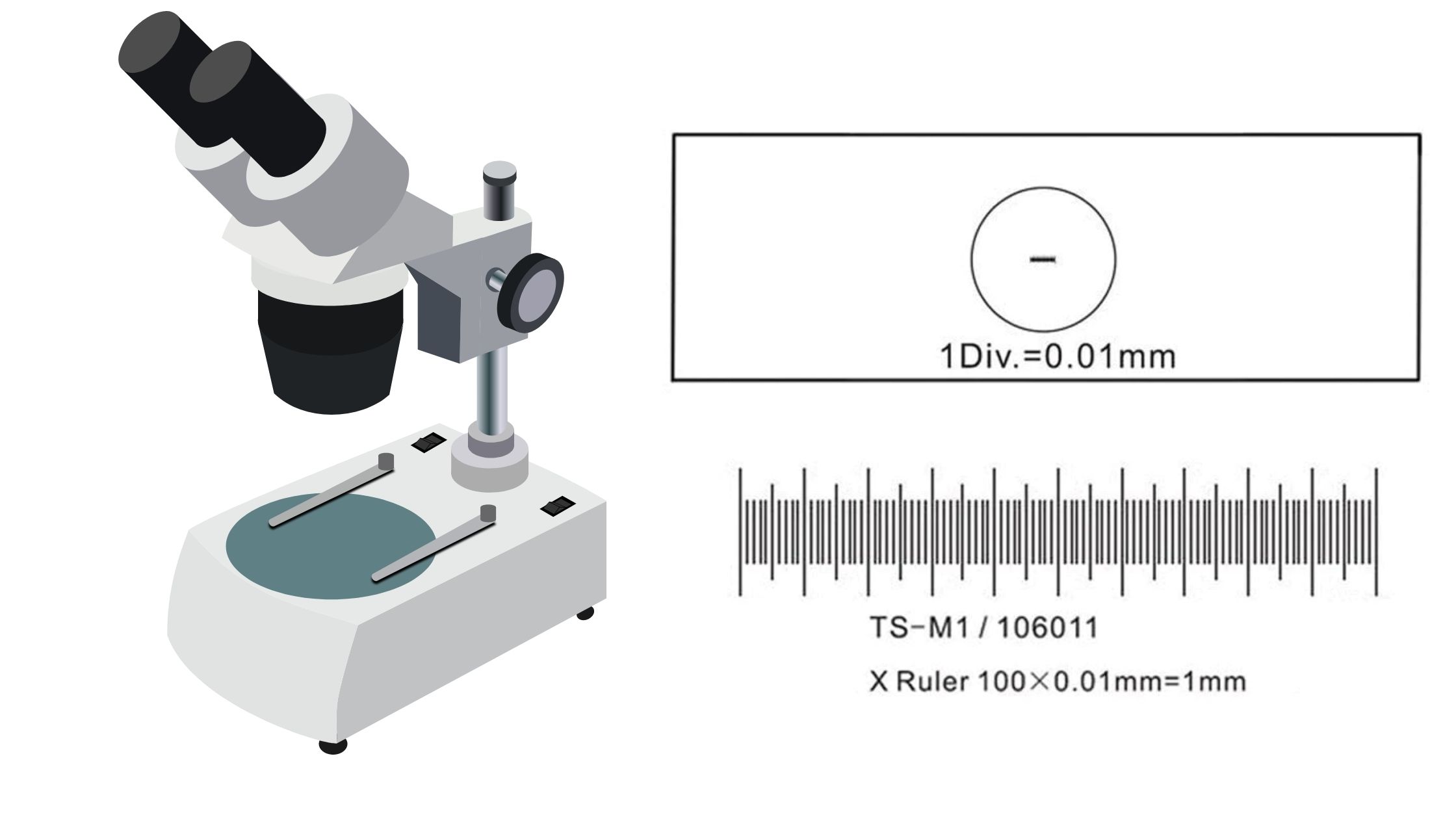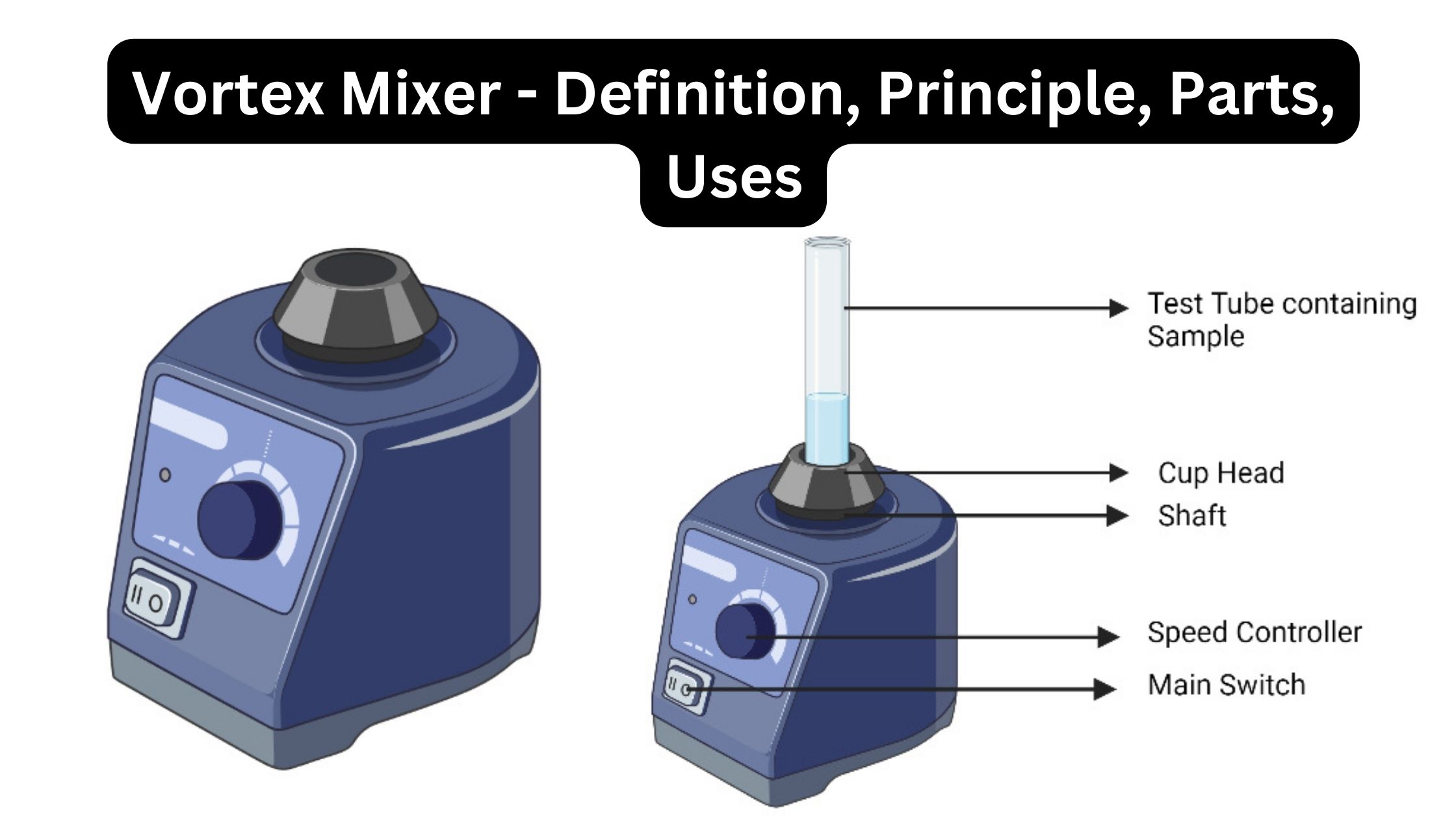Ocular Micrometer – Definition, Principle, Parts, Applications
What is Ocular Micrometer? The ocular micrometer, which many student’s usually call as the eyepiece micrometer, is basically a small circular glass disk that stay fitted inside the microscope eyepiece, and it carry a tiny ruled scale engraved on it. In general terms, this scale look like a simple series of line’s, but it is … Read more
